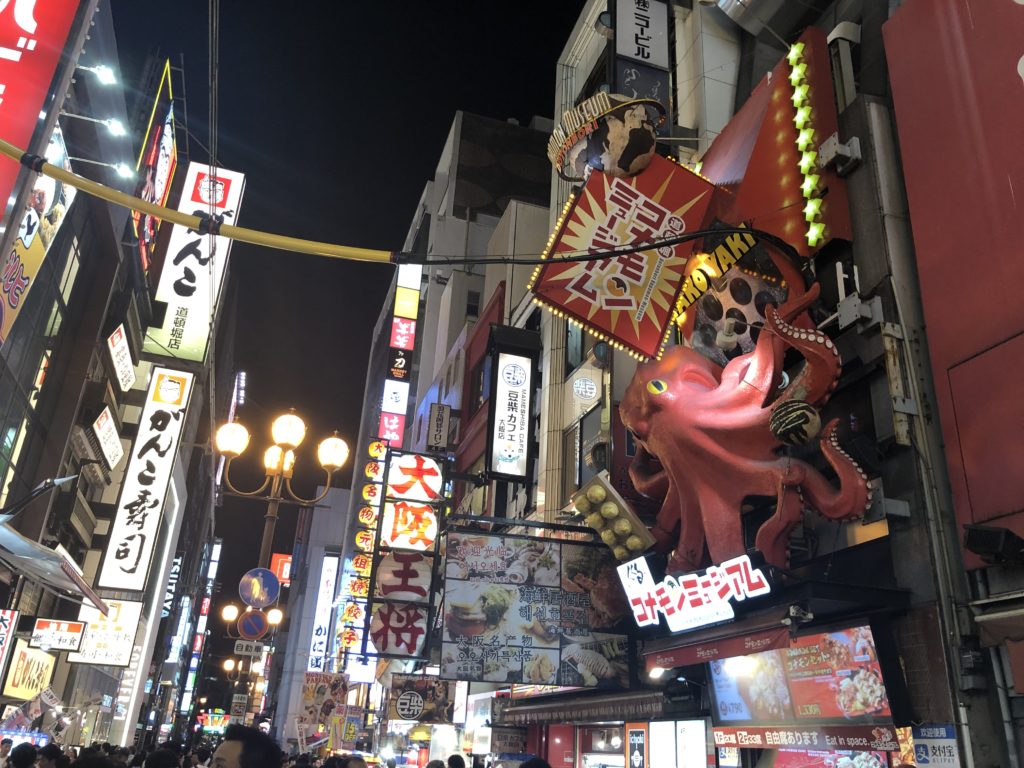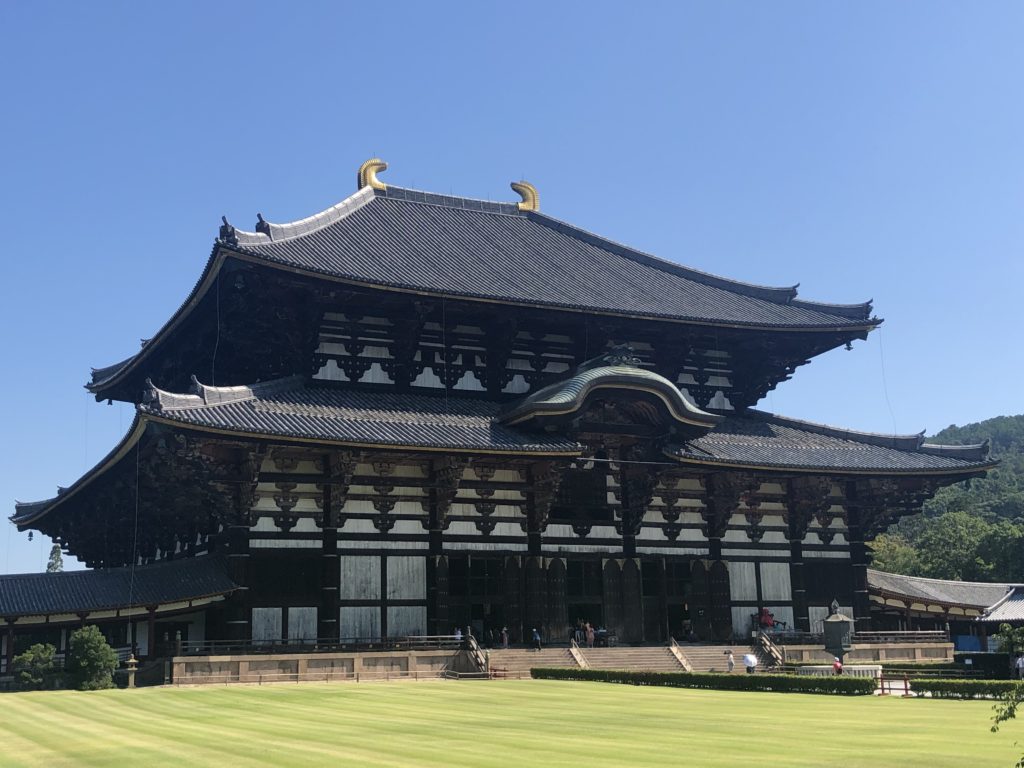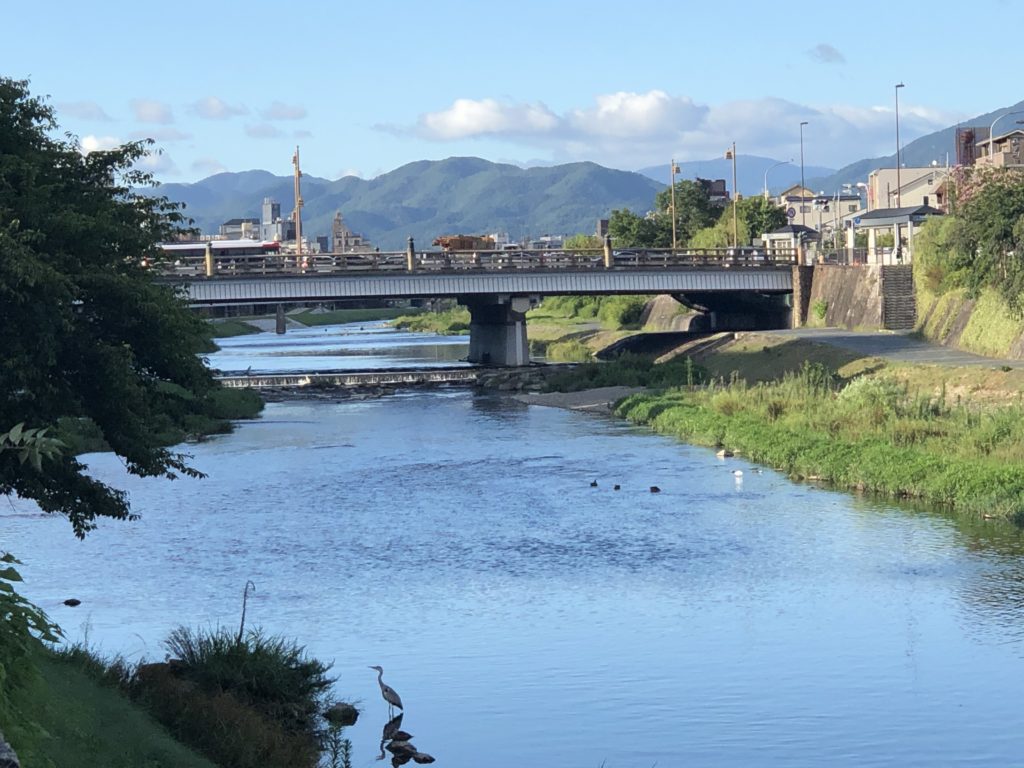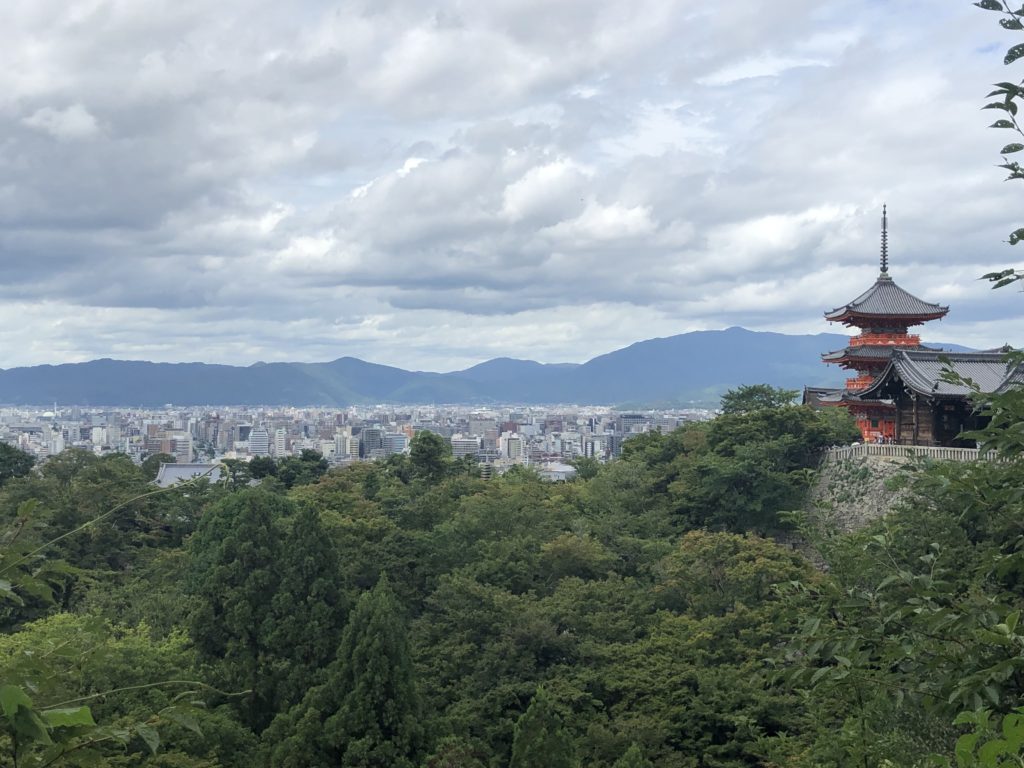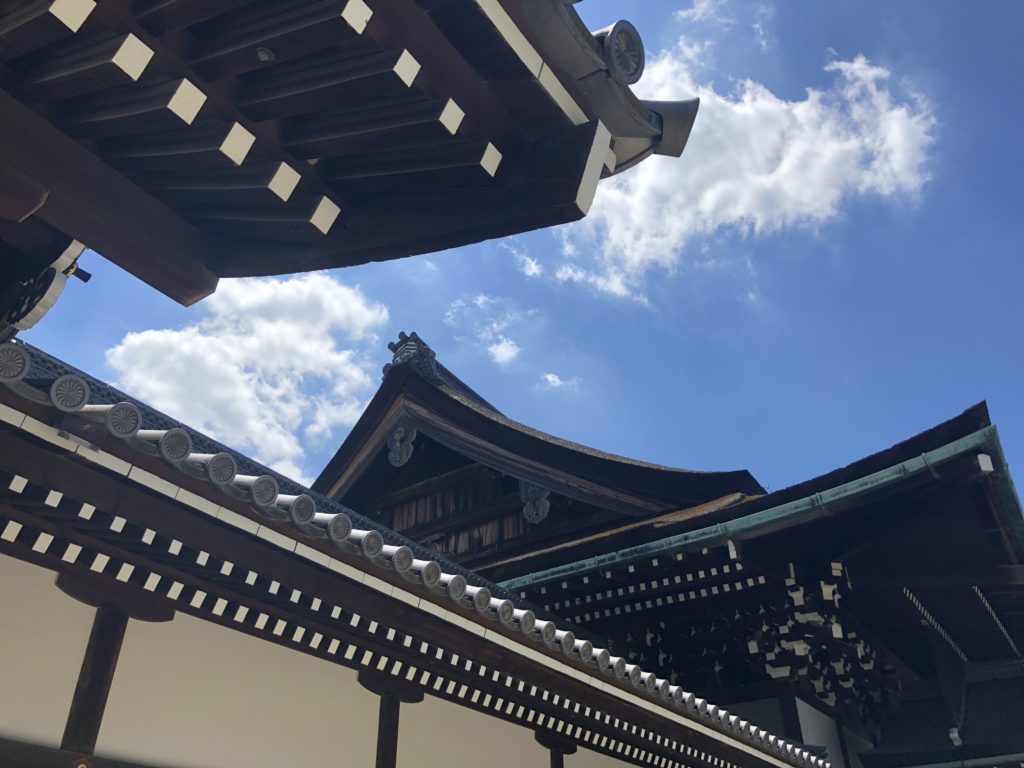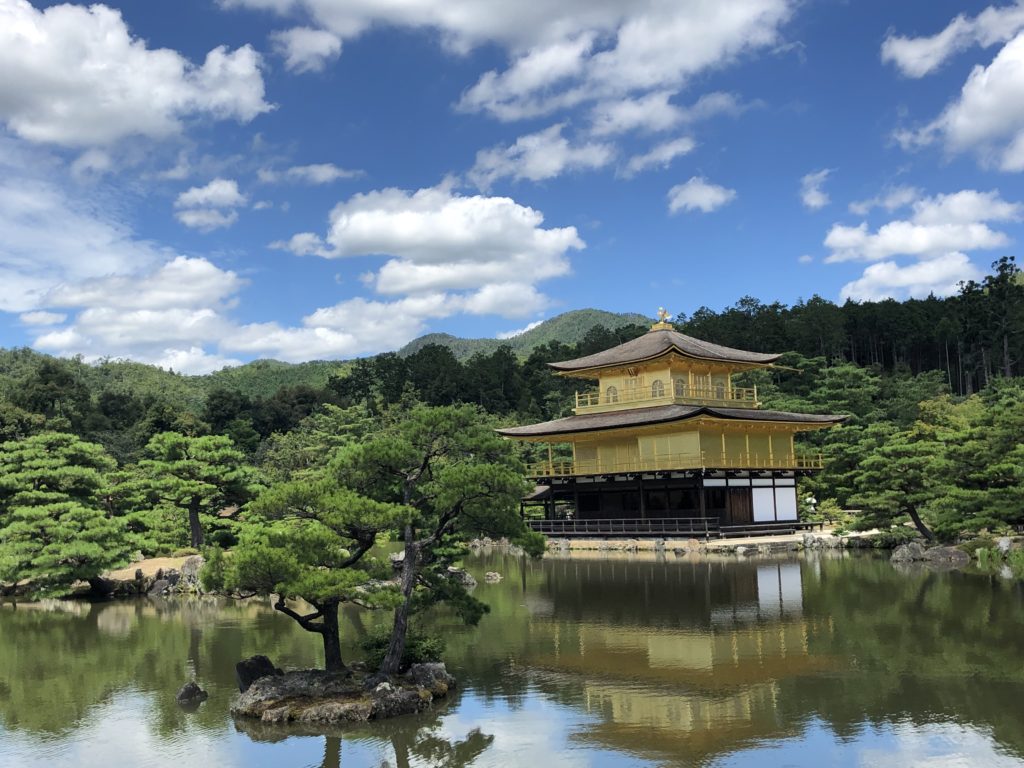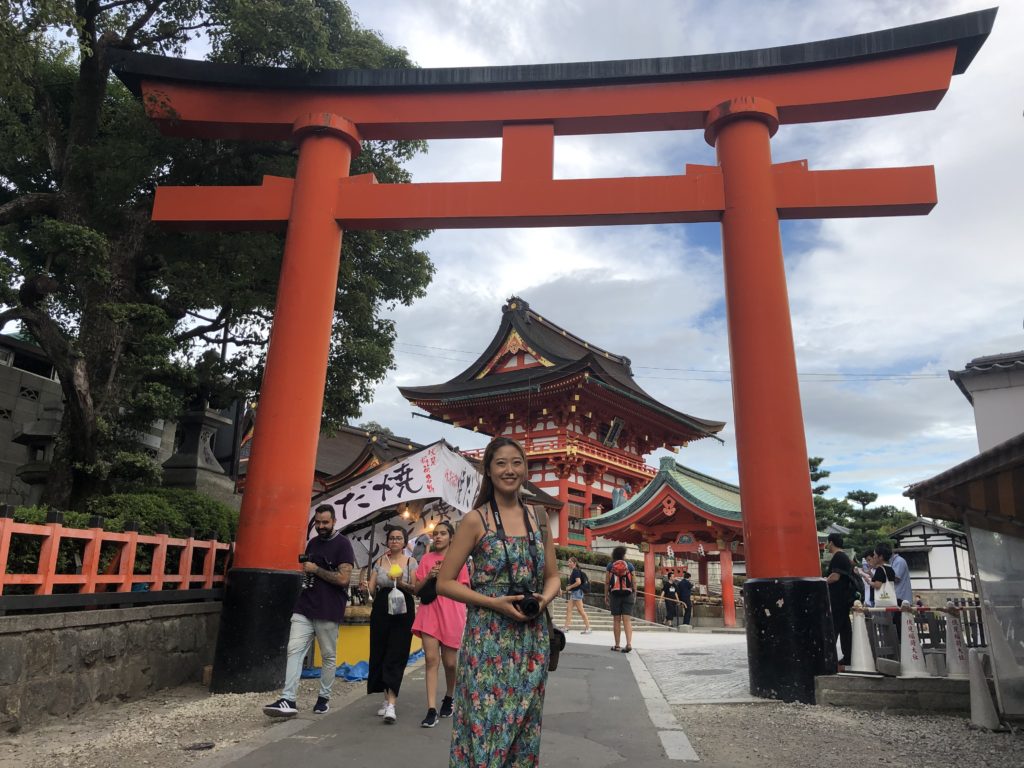Osaka
The train trip from Nara (Kintetsi-Nara station) to Osaka took about an hour, with a short change at Ikoma station. Soon, we were wandering the streets of Osaka on a hot and humid day, headed for the Osaka Museum of History. Osaka has long been a prominent port city, a centre of commerse, and a city of merchants. During the country's rapid industrialisation, Osaka was the "Manchester of the Orient", attracting immigrants (many Koreans, for example), pluralistic politics, modernisation, high literacy & rising education standards, and ultimately, an emerging middle class. Pre-war Osaka was a key automobile manufacturing hub, home…

